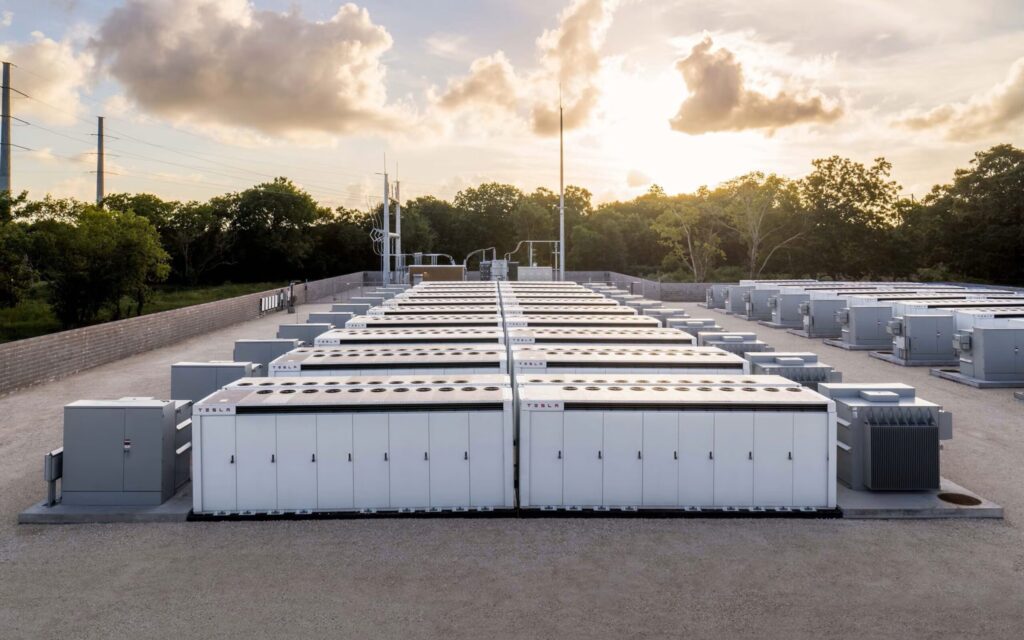Chile, a global leader in copper and lithium production, is turning its attention to the untapped potential of mining waste. The country has announced plans to support projects aimed at extracting cobalt and rare earth elements (REEs) from mining byproducts, positioning itself as a key player in the supply of critical minerals vital for clean energy technologies.
The Opportunity in Mining Waste
Mining waste, often considered an environmental liability, contains valuable minerals such as cobalt and rare earths. These elements are essential for manufacturing electric vehicles (EVs), renewable energy systems, and advanced electronics.
- Cobalt:
- Widely used in EV batteries, cobalt is critical for energy storage technologies. Demand is expected to grow exponentially as the EV market expands.
- Rare Earth Elements:
- REEs are essential for wind turbines, magnets, and electronic components. Their strategic importance has heightened as nations seek to reduce reliance on Chinese-dominated supply chains.
Chile’s Strategic Goals
Chile’s focus on extracting critical minerals from mining waste aligns with its broader economic and environmental objectives:
- Economic Diversification:
- Moving beyond copper and lithium, Chile aims to expand its critical mineral portfolio and attract foreign investment.
- Sustainability:
- Repurposing mining waste aligns with global goals to reduce environmental impact and improve resource efficiency.
- Supply Chain Security:
- Strengthening domestic production of critical minerals can reduce dependency on imports and enhance geopolitical leverage.
Planned Projects and Partnerships
The Chilean government is actively seeking proposals from mining companies and research institutions to develop technologies for extracting cobalt and REEs from mining residues. Key elements include:
- Incentives:
- Financial support and tax benefits for projects demonstrating innovative and sustainable extraction methods.
- Public-Private Collaboration:
- Partnerships between government agencies and private enterprises to scale up viable solutions.
- Technological Advancements:
- Encouraging the adoption of cutting-edge technologies, such as bio-mining and advanced processing techniques, to optimize recovery rates.
Challenges to Overcome
While promising, the initiative faces several challenges:
- Technical Complexity:
- Extracting cobalt and REEs from mining waste involves intricate processes, often requiring significant technological investment.
- Environmental Concerns:
- Ensuring that extraction methods do not exacerbate ecological issues will be critical for public and regulatory acceptance.
- Economic Viability:
- Developing cost-effective methods to recover minerals at scale remains a hurdle, particularly given fluctuating market prices.
Global Implications
Chile’s initiative has broader significance for the global mineral supply chain:
- Leadership in Sustainability:
- Success could position Chile as a pioneer in sustainable mining practices, inspiring similar initiatives worldwide.
- Critical Mineral Supply:
- Expanded production of cobalt and REEs could help meet rising global demand, reducing supply chain vulnerabilities.
- Geopolitical Strategy:
- Diversifying sources of critical minerals strengthens global supply chains and reduces reliance on dominant players like China.
Conclusion
Chile’s plan to extract cobalt and rare earths from mining waste represents a bold step toward sustainability and economic diversification. By leveraging its mining expertise and fostering innovation, Chile could become a global leader in the critical minerals sector, driving progress in clean energy and technology.
For more information, visit Mining.com.




